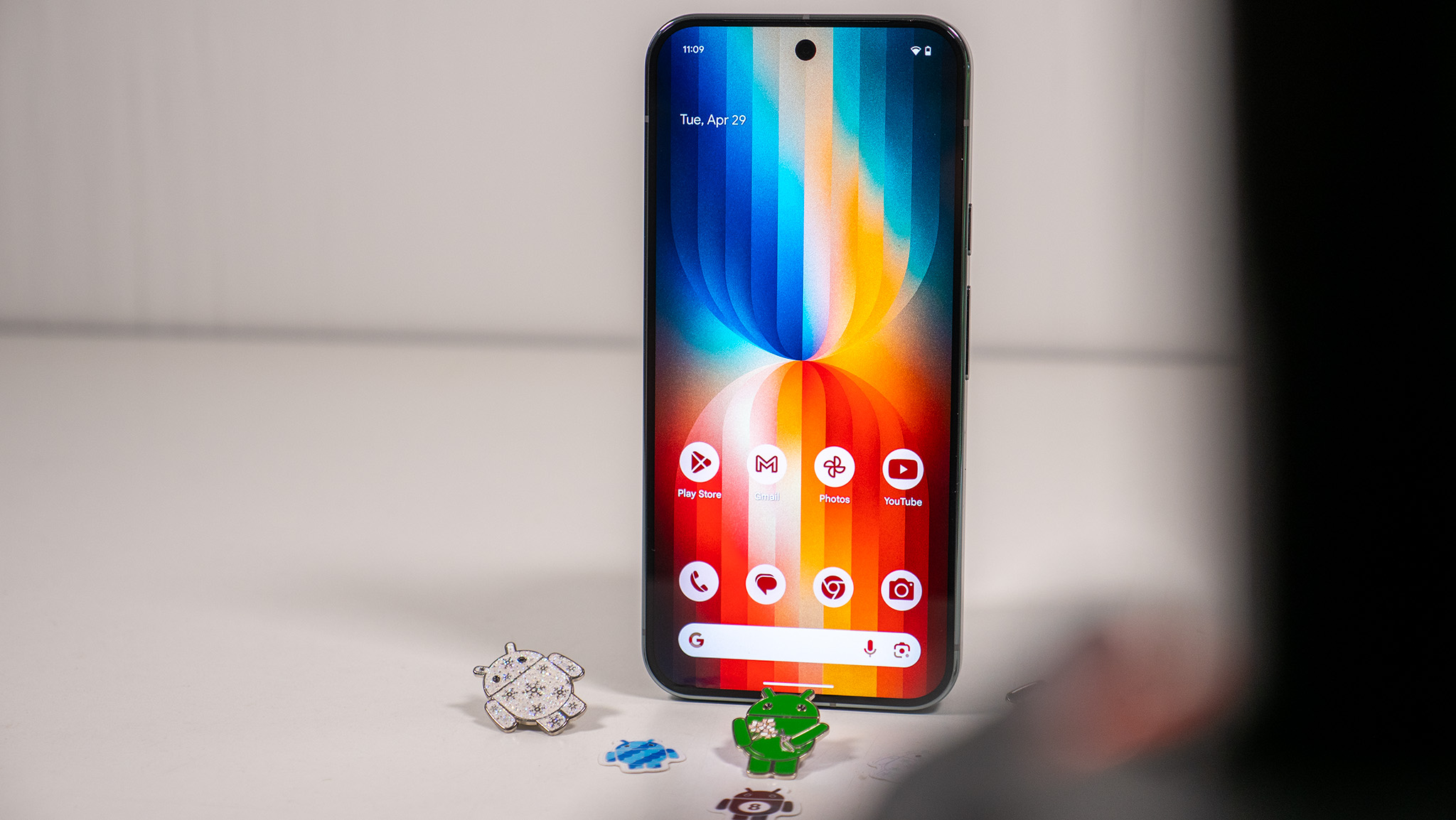The Pixel 9 series boasts a faster chip, brighter screens, new AI tricks, and a foldable
The Pixel 9 lineup arrives in three sizes alongside a foldable model.
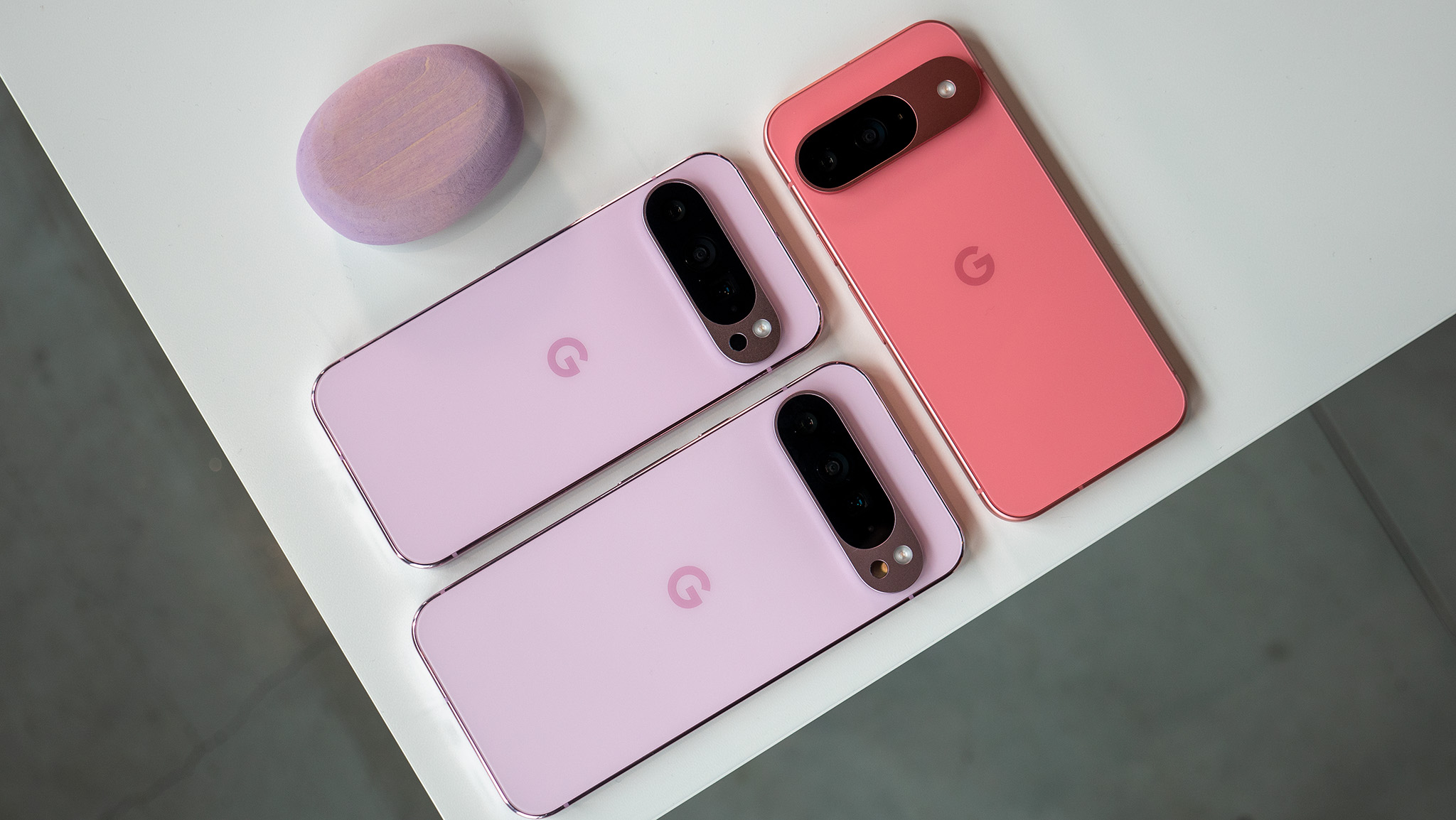
What you need to know
- Google has launched the Pixel 9 series, featuring the new Tensor G4 chip, Titan M2 security, more RAM, and enhanced AI features.
- Prices start at $799 for the Pixel 9, $999 for the Pixel 9 Pro, and $1,099 for the Pixel 9 Pro XL.
- The Pixel 9 Pro Fold features a refreshed design, brighter displays, and a unique stacked camera bump with AI enhancements.
Google finally unveiled the Pixel 9 series today, even though it’s been leaked and teased for a while. It comes with plenty of upgrades, including the Tensor G4 chip, a Titan M2 security coprocessor, a bigger base memory, and new AI-powered features.
The Google Pixel 9 series offers a mix of form factors, including the Pixel 9 Pro XL, a nod to the 2019 Pixel 4 XL. Alongside the standard Pixel 9 and Pixel 9 Pro, the lineup also includes the Pixel 9 Pro Fold, following up on Google’s first foldable.
The Pixel 9 Pro starts at $999, with the larger Pixel 9 Pro XL priced at $1,099 for the base configuration. Both come in Obsidian, Porcelain, Hazel, and Rose Quartz. The standard Pixel 9 starts at $799 and is available in Obsidian, Porcelain, Wintergreen, and Peony.
While similar in many respects, the Pixel 9 Pro and 9 Pro XL differ in screen size, battery capacity, and dimensions. The Pro XL features a larger 6.8-inch LTPO OLED display versus the Pro’s 6.3-inch screen. The Pro XL also has a higher resolution of 1,344 x 2,992 compared to the Pro’s 1,280 x 2,856, but both offer the same peak brightness of 3000 nits.
Nonetheless, the Pixel 9 Pro and 9 Pro XL share the same camera systems. Both models feature a 50MP main sensor, a 48MP ultrawide camera with autofocus, and a 48MP telephoto lens with 5x optical zoom. Up front, there’s a 42MP selfie camera with autofocus and a 103-degree field of view.
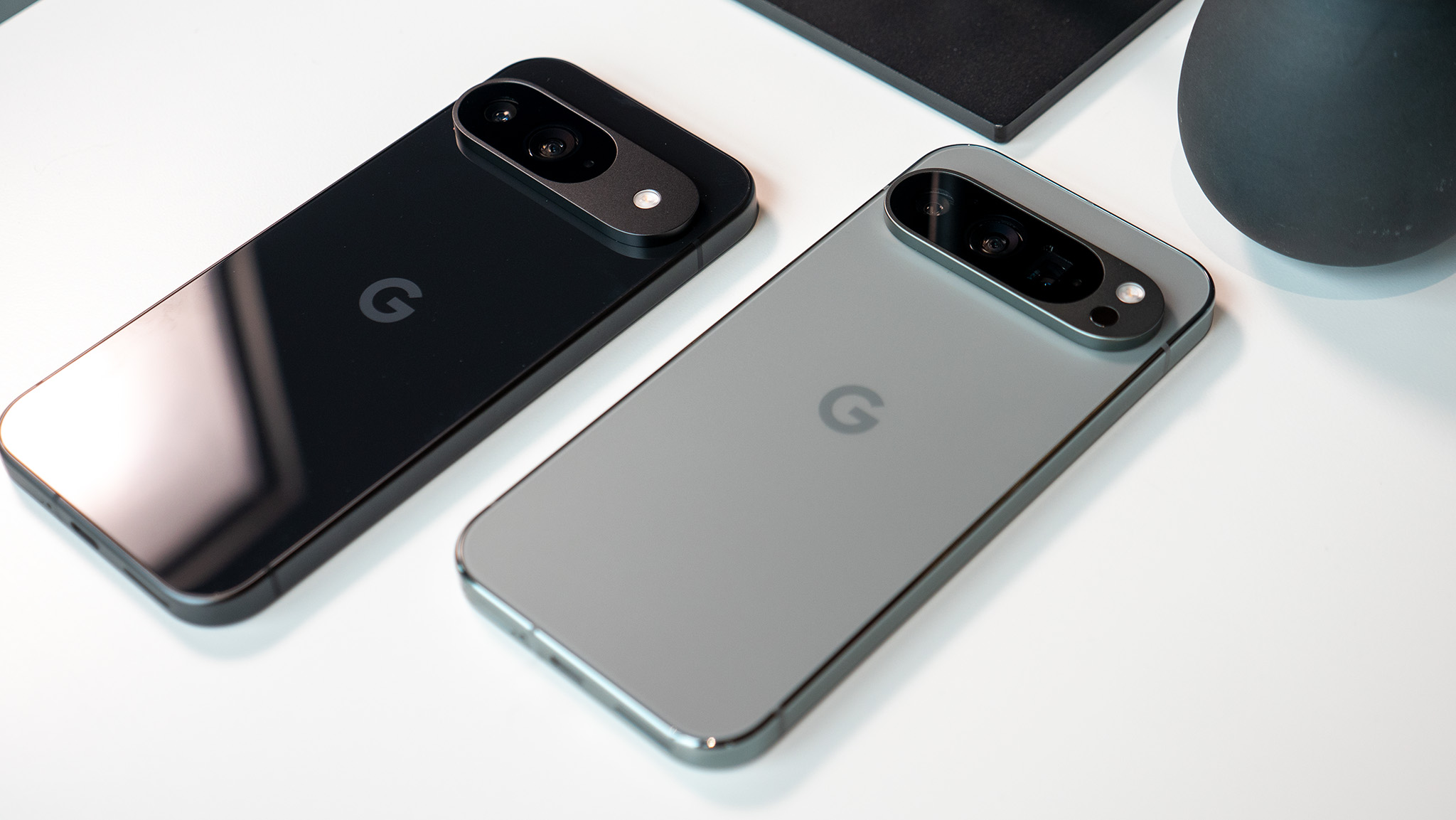
On the other hand, the base Pixel 9 matches the Pro model in screen size and dimensions (152.8 x 72 x 8.5mm), while the Pixel 9 Pro XL is slightly larger at 162.8 x 76.6 x 8.5mm. That said, the Pixel 9 has a screen resolution of 1,080 x 2,424 and a peak brightness of 2700 nits.
The Pixel 9 features a dual rear camera setup with a 50MP wide main sensor and a 48MP ultrawide camera with autofocus.
Be an expert in 5 minutes
Get the latest news from Android Central, your trusted companion in the world of Android
This year’s Pixel phones get a memory boost: the standard Pixel 9 now has 12GB of RAM, while the Pixel 9 Pro, Pro XL, and Pro Fold each pack 16GB. This is a step up from the Pixel 8 series, where the base model had 8GB and the Pro and Fold had 12GB.
The Pixel 9 and 9 Pro also pack a 4,700mAh battery, supporting up to 45W charging and Qi wireless charging. The Pixel 9 Pro XL, however, has a bigger 5,060mAh battery.
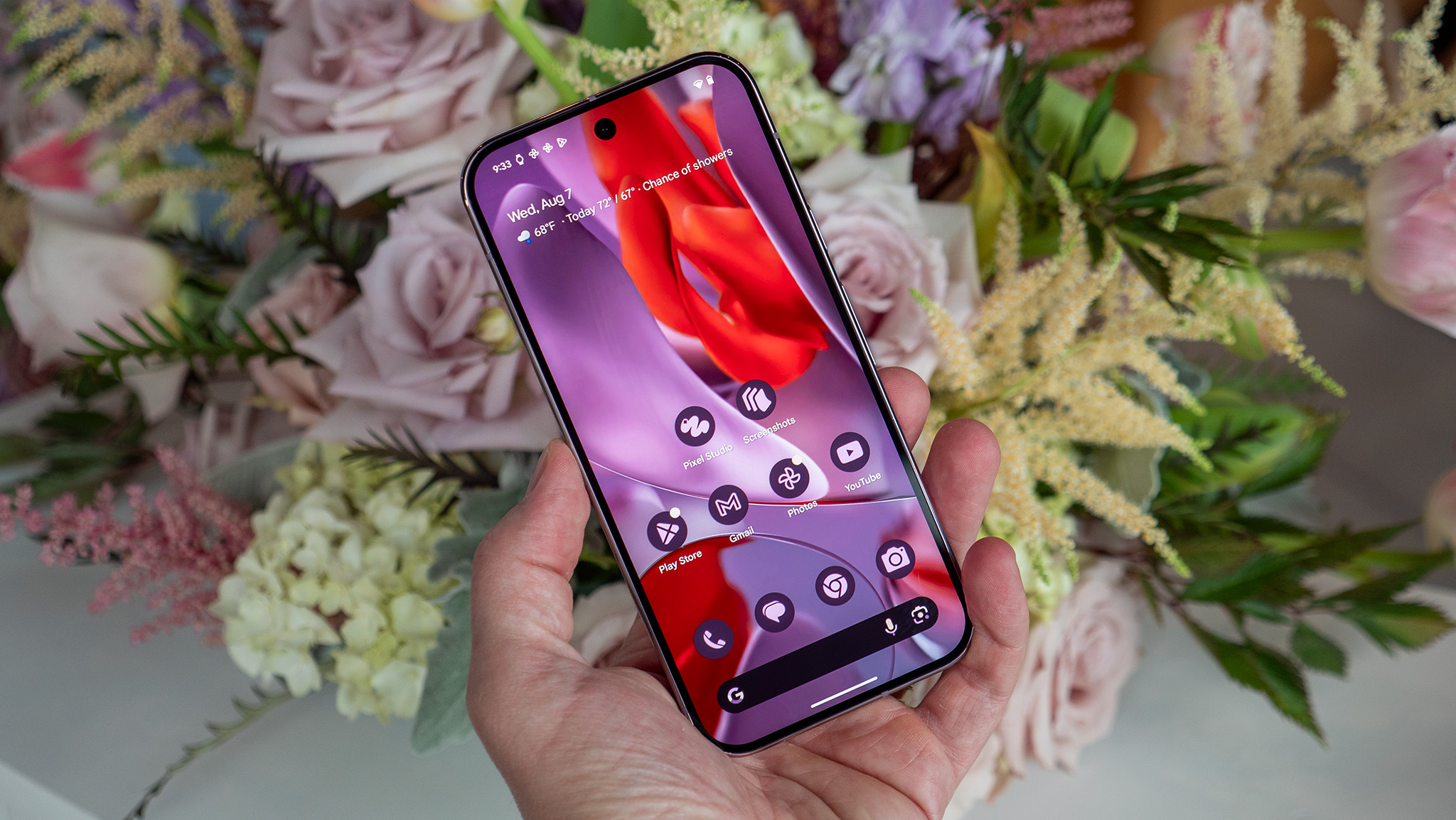
Unfortunately, if you were hoping for Android 15 to debut with the Pixel 9, you’ll be a bit disappointed. The new models launch with Android 14 out of the box.
On the bright side, Google promises the Pixel 9 phones will have a long lifespan. Like the Pixel 8 series, they’re guaranteed seven years of OS upgrades.
All three Pixel 9 models feature Corning’s Gorilla Glass Victus 2 and an IP68 rating for dust and water resistance. Google also includes safety features like Satellite SOS and Emergency SOS.
Buyers of the Pixel 9 Pro will get a free year of Google One’s AI Premium Plan. The Pixel 9 series also showcases advanced AI features, including Gemini Nano-powered Pixel Screenshots and Call Notes. Call Notes uses AI to summarize phone conversations, while Pixel Screenshots enhances image management and organization.
Meet the Pixel 9 Pro Fold

The Pixel 9 Pro Fold, Google’s new foldable model and successor to the original Pixel Fold, also gets those AI features. Plus, it brings a bunch of updates and changes.
The Pixel 9 Pro Fold improves on its predecessor with updated display panels and the new Tensor G4 chip, which brings enhanced AI features.
This time, the Pixel 9 Pro Fold sports a fresh look with a 6.3-inch outer screen that's larger but narrower, moving away from the wider cover display of its predecessor.
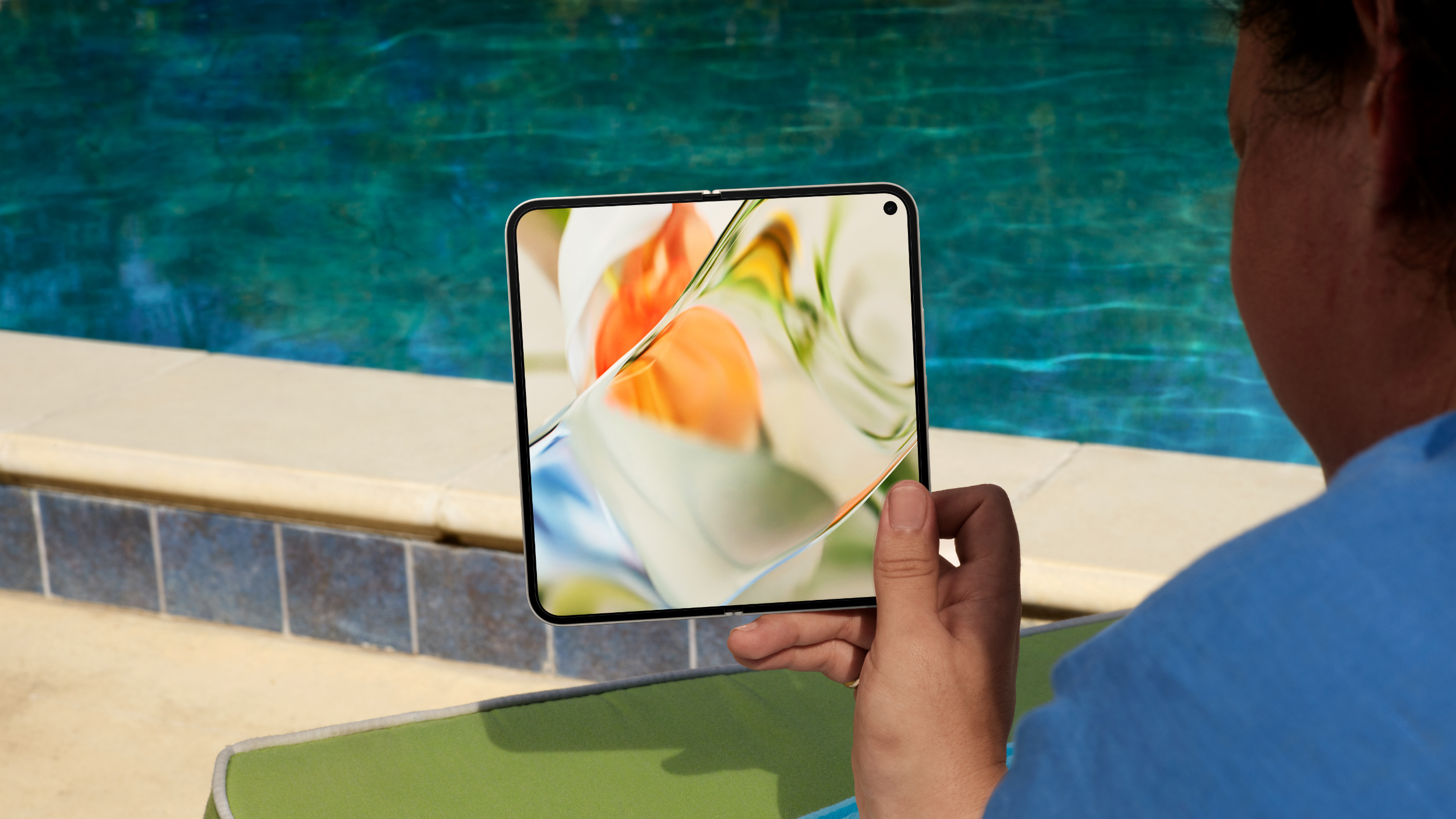
Meanwhile, the 8-inch interior display is now much brighter and has a squarer aspect ratio when unfolded, resembling the OnePlus Open’s look.
The back of the Pixel 9 Pro Fold gets a facelift too. Instead of the old horizontal camera bar, it now has a chunky, stacked camera bump in the top right corner, housing four lenses in pairs.
The camera setup remains similar to the previous model: a 48MP main lens, a 10.5MP ultrawide, and a 10.8MP telephoto with 5x optical zoom. The front camera is a 10MP selfie shooter. Expect Google to push AI enhancements, improving both your photos and editing options.
Google’s new foldable aims to be the slimmest in North America, starting at $1799 for the Porcelain and Obsidian colors. It’ll also be available in a bunch of countries, including the UK, Australia, Japan, and India. It comes with 16GB of RAM (4GB more than before) and starts at 256GB of storage, with a 512GB option.
The hinge is upgraded with stainless steel and aerospace-grade aluminum, promising durability.
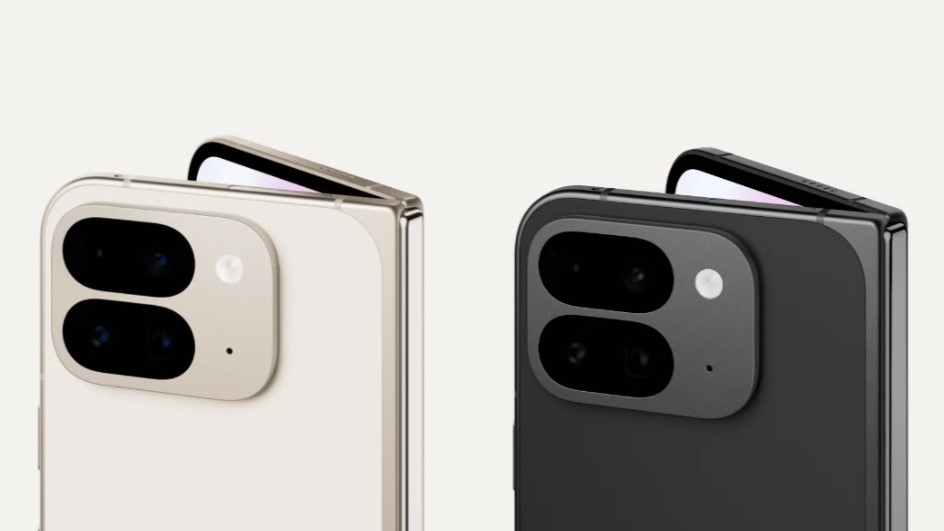
The new Fold packs a 4,650mAh battery that Google claims can last over 24 hours and supports both Qi wireless charging and 45W wired charging.
The Pixel 9 Pro Fold also includes new AI features from the Pixel 9 lineup, like "Add Me" for better group shots. It will also have Pixel Screenshots and Call Assist, among other tools.
Google is pushing hard to stay competitive in the foldable market. While Samsung has a lot of experience with foldables and OnePlus, with Oppo’s help, has made the OnePlus Open one of the leading foldable phones, Google aims to make its mark with the Pixel 9 Pro Fold.

Jay Bonggolto always keeps a nose for news. He has been writing about consumer tech and apps for as long as he can remember, and he has used a variety of Android phones since falling in love with Jelly Bean. Send him a direct message via Twitter or LinkedIn.
You must confirm your public display name before commenting
Please logout and then login again, you will then be prompted to enter your display name.
